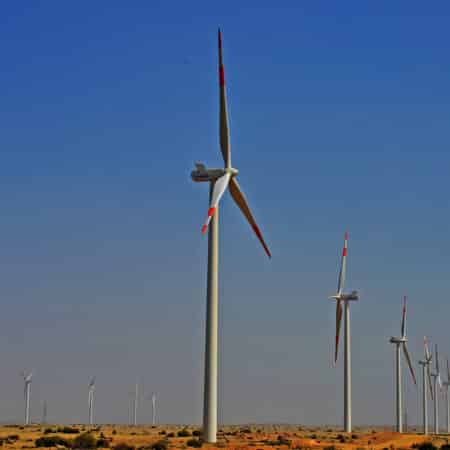
Pakistan Institute of Development Economics
- Home
Our Portals
MenuMenuMenuMenuMenuMenuMenu - ResearchMenuMenuMenuMenuMenuMenuMenu
- Discourse
- The PDR
- Our Researchers
- Academics
- Degree Verification
- Thesis Portal
- Our Portals

Energy Productivity for Sustainable Development – Pt II
How are we planning for decoupling of energy and economy to secure our future generations? How are we going to increase the share of renewables in our energy mix? Yes we do have National Productivity Organisation (NPO); National Energy Efficiency and Conservation Agency (NEECA) in place of National Energy Conservation Centre (ENERCON); Ministry of Environment; Ministry of Energy, Alternative Energy Development Board (AEDB) to name a few; and number of policies formulated by them. What they have achieved over the years is clear from the discussion in Part I.
Energy Legislation
In Pakistan, environment and energy legislations do exist that have the capacity to force a shift to a more resource efficient and low carbon economic activities. Implementation of existing laws has been hindered by weak coordination among the relevant institutions and ministries. Institutional framework for energy efficiency is weak in Pakistan. In energy efficiency regulations we are at 70 out of 141, in comparison to China and India who are at 21 and 33 respectively, in Global Competitiveness Ranking of 2018-19. ENERCON suffered greatly from a lack of funds, professional facilities and capabilities. Its functionality has remained dependent on donor assisted projects. This has meant that it has not been able to commercialise energy efficiency activities successfully. NECCA achievements are yet to be seen.

State of Science and Technology in Emerging Economies
The state of science and technology in Pakistan has been far below many emerging economies[1]. In comparison, China despite being the largest consumer of energy in the world, has reduced its resource intensity and improved its energy productivity by 304 percent between 1980 and 2018. It happened through the adoption of energy efficient technologies and shifts in its industrial structures. Over the years, China has increased its R&D activities tremendously. Firms in-house technology development activities played a critical role in creating domestic absorptive capacity required for the successful diffusion of imported technology as well as for the local development of energy efficient technologies in China.
China is also leading in renewable energy developments. In 2017, almost half of global renewable energy investment (that is US$ 125.9 billion) came from China. China will be the prime world market for renewable energy by 2040[2].
Japan is the fifth largest consumer of world energy and among the leaders in terms of high energy productivity. Japan managed to improve its energy productivity enormously by swapping half of its nuclear capacity through efficiency and conservation; and now is increasingly moving towards renewables. The country dramatically increased awareness of energy use and efficiency not in years but only in weeks in 2011. Their large companies are now managing high-profile efficiency programs. In fact, energy efficiency practices are deeply rooted in Japan’s overall economy[3].
Similarly, in Germany, substantial improvement in energy productivity is through technical efficiency improvements on the energy demand side and the substitution of nuclear and fossil fuels with renewable forms of energy.
Clean Climate and Access for All
Improvement in energy productivity is indispensable for Pakistan. We need a clearer and targeted approach to increase energy productivity in all the sectors by about 3 percent annually. It is crucially important to have voluntary commitment towards energy efficiency/ conservation as happened in Japan. We need a committed business leadership to accelerate their investments in energy efficient technologies. Similarly, adopting strategies to accelerate the induction of renewable forms of energy in our systems is unavoidable.
In Pakistan, if we manage to transform our energy system, with increased use of renewable energy in combination with energy efficiency and conservation, it would reduce our net costs of energy production. There would also be substantial socio-economic benefits in the form of economic growth, job creation and overall welfare gains. It would certainly guide us to achieve the goal of clean climate and access for all by 2030. In the United States, it is estimated that by doubling energy productivity, the country could save US$ 327 million in energy costs, create up to 1.3 million new jobs, and reduce carbon dioxide emissions by 33 percent by 2030[4]. Why not in Pakistan?
[1] Pakistan is ranked at 79 in innovation capability and spend only 0.2 percent of GDP on R&D activities (Global Competitiveness Report, 2018-19).
[2] https://chinapower.csis.org/energy-footprint/
[3] https://www.greentechmedia.com/articles/read/how-japan-replaced-half-its-nuclear-capacity-with-efficiency
[4] https://www.theclimategroup.org/news/economic-benefits-increasing-energy-productivity-are-clear-tangible-and-immediately-effective
Download full PDF


